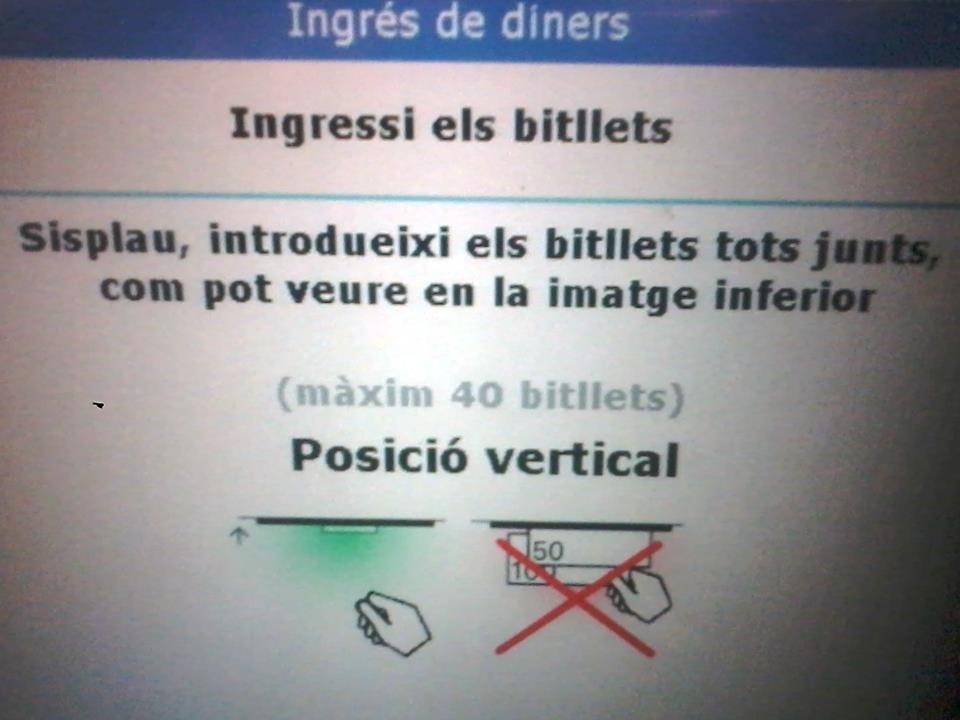(Sigue de las entradas Aprenda un poco de inglés con… Gian-Carlo Rota (1/11), (2/11), (3/11), (4/11), (5/11), (6/11), (7/11), (8/11) y (9/11))
9 Write informative introductions
Nowadays, reading a mathematics paper from top to bottom is a rare event. If we wish our paper to be read, we had better provide our prospective readers with strong motivation to do so. A lengthy introduction, summarizing the history of the subject, giving everybody his due, and perhaps enticingly outlining the content of the paper in a discursive manner, will go some of the way towards getting us a couple of readers.
As the editor of the journal Advances in Mathematics, I have often sent submitted papers back to the authors with the recommendation that they lengthen their introduction. On occasion I received by return mail a message from the author, stating that the same paper had been previously rejected by Annals of Mathematics because the introduction was already too long.


